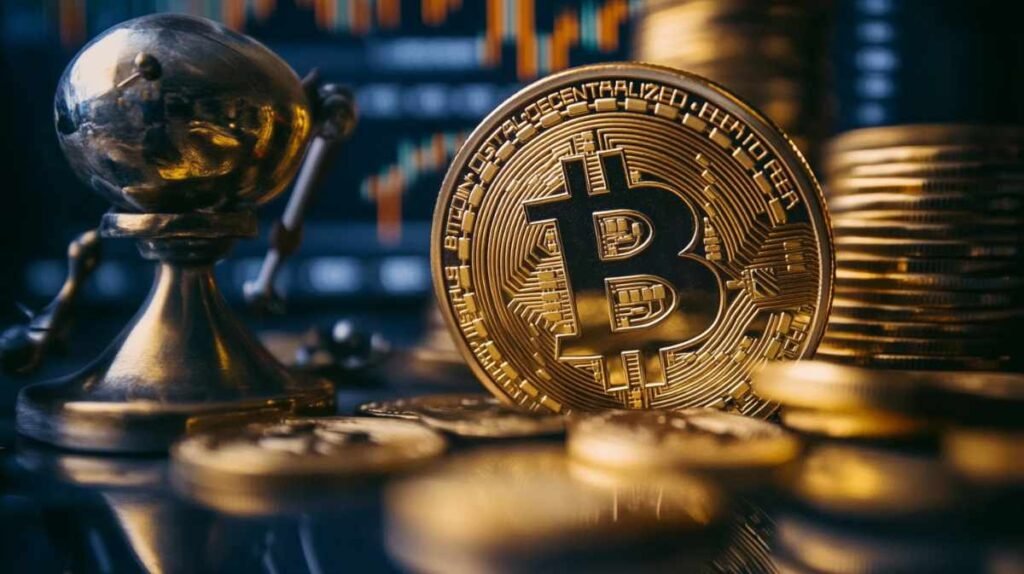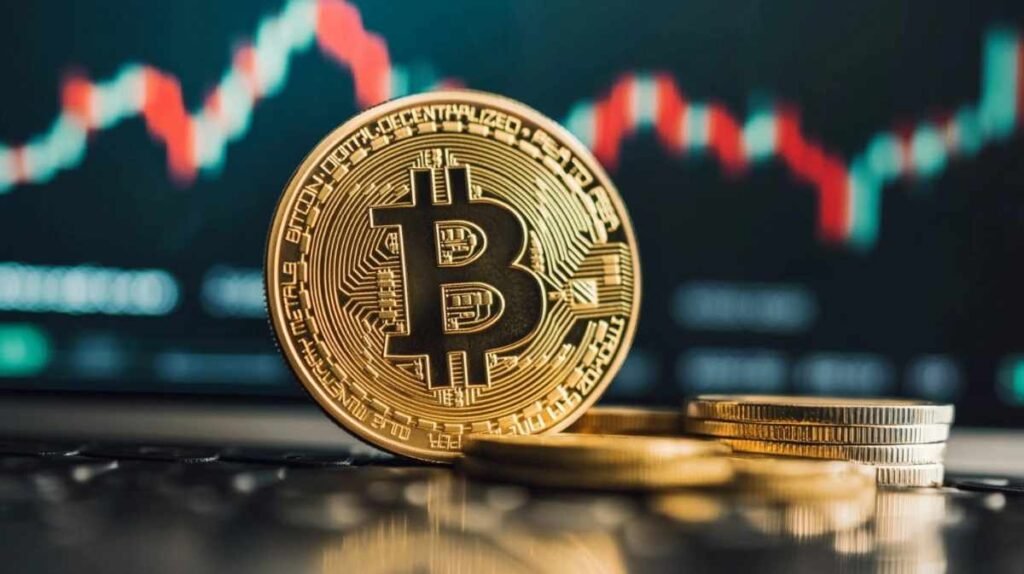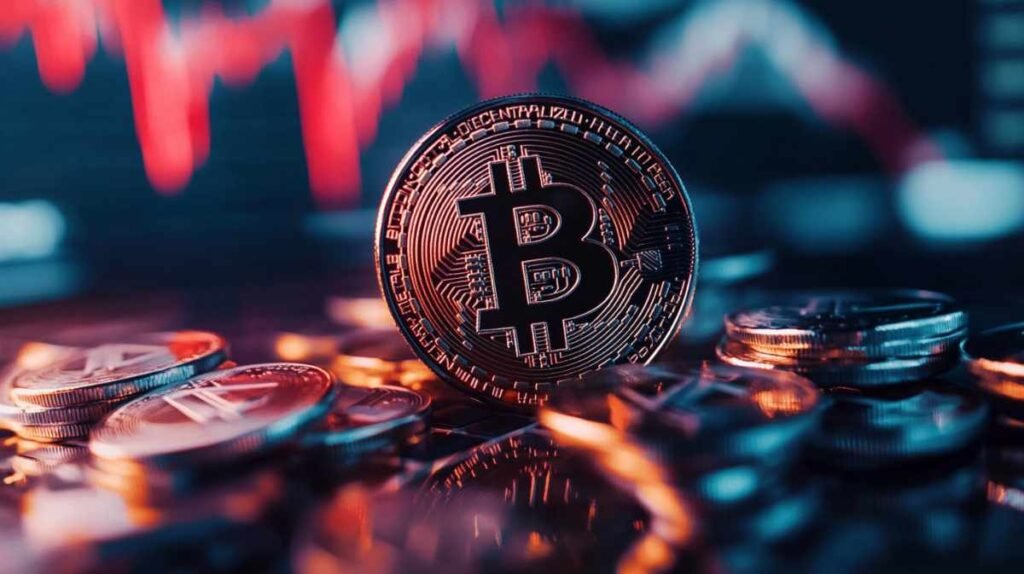
The cryptocurrency market operates 24/7, offering traders around-the-clock access without the limitations of traditional stock exchanges. While the continuous nature of crypto trading provides flexibility, it also introduces volatility that varies depending on the time of day.
Timing your trades can be crucial for maximizing profits, as certain hours experience higher liquidity and price movements driven by global market participants.
This article explores how different time zones influence market activity, compares trading patterns across key regions, and identifies the best times to buy or sell crypto for optimal gains.
Understanding Crypto Market Hours
Unlike traditional financial markets that operate within fixed hours and close on weekends, the cryptocurrency market functions continuously, operating 24 hours a day, 7 days a week. This non-stop trading environment provides unparalleled flexibility, allowing traders worldwide to buy or sell digital assets at any time.
However, this round-the-clock accessibility comes with both benefits and challenges. On the positive side, it enables global participation and quick reactions to market news. On the downside, the continuous operation can lead to unpredictable volatility and trader fatigue due to the lack of downtime.
Global exchanges like Binance, Coinbase, and Kraken cater to various regions, each experiencing peak activity during different time zones.
Asian markets are typically most active during the early UTC hours, European markets peak during midday UTC, and U.S. markets see the highest volatility in the late UTC afternoon. Understanding these activity periods is crucial for timing trades effectively and maximizing profit opportunities.
Read More: What Is the Best Time to Trade Crypto?
How Time Zones Influence Crypto Market Activity
The global nature of cryptocurrency trading means that market activity fluctuates depending on regional time zones. Understanding these patterns is crucial for identifying periods of high liquidity and volatility.

Asian Trading Hours (00:00 – 08:00 UTC)
The Asian session, driven by markets in Japan, China, and South Korea, sees peak activity on exchanges like Binance, OKX, and Huobi. Trading volume often increases during regional market openings, with price movements influenced by local news and regulations.
European Trading Hours (07:00 – 15:00 UTC)
European markets overlap with the tail end of the Asian session, enhancing liquidity. Financial hubs like London and Frankfurt significantly impact crypto prices, with increased trading as European traders react to global developments.
U.S. Trading Hours (13:00 – 21:00 UTC)
The U.S. session, covering the opening of Wall Street, is known for heightened volatility. Exchanges like Coinbase, Kraken, and Binance.US experience surges in volume as institutional and retail investors actively trade.
Overlapping Market Hours (High-Volatility Periods)
Overlaps between Asia-Europe and Europe-U.S. sessions create periods of intense trading activity. The Europe-U.S. overlap (13:00 – 16:00 UTC), in particular, sees the highest volatility, providing traders with optimal opportunities for significant price movements.
Best Times to Buy and Sell Crypto
Timing is crucial in cryptocurrency trading, as market volatility and liquidity vary throughout the day. Knowing when to buy or sell can significantly impact profitability.

Best Times to Buy (Low Volatility Periods)
The ideal time to buy crypto is during periods of low volatility, when prices are more stable. Early mornings (UTC), especially between 00:00 and 06:00 UTC, often see reduced market activity, making it easier to secure favorable prices.
Weekends can also offer buying opportunities due to lower trading volumes, but they come with mixed outcomes—while some traders benefit from price stability, weekends can occasionally see unexpected volatility driven by retail investors.
Best Times to Sell (High Volatility and Volume Periods)
Selling is generally more profitable during periods of high volatility and trading volume. The Europe-U.S. market overlap (13:00 – 16:00 UTC) is known for sharp price swings and increased liquidity, making it ideal for exiting positions.
Additionally, selling during major economic news releases or crypto-related announcements can capitalize on rapid price movements, but traders should be cautious of potential price reversals following initial market reactions.
Tips for Maximizing Profits Through Timing
To capitalize on market timing, traders can leverage several strategies for better profitability. Trading bots and automated systems help execute trades during optimal periods, even when you’re offline, ensuring you don’t miss key opportunities.
Utilizing technical indicators like RSI, MACD, and moving averages, along with setting price alerts, allows you to react quickly to market movements. Equally important is risk management—avoid common mistakes like chasing pumps, overtrading during high volatility, or ignoring stop-loss orders. Combining these strategies can improve trade accuracy and protect against unexpected market swings.
Conclusion
Maximizing profits in crypto trading relies heavily on understanding market activity and timing. Early mornings (UTC) and weekends offer ideal buying opportunities during low volatility, while Europe-U.S. market overlaps (13:00 – 16:00 UTC) and major news events present the best times to sell.
However, no single strategy fits all—traders should adapt to their risk tolerance, goals, and market conditions. Continuous monitoring, leveraging technical tools, and staying informed about global markets can significantly enhance timing decisions.
Ultimately, consistent analysis and the right tools are key to navigating crypto’s ever-changing landscape effectively.




